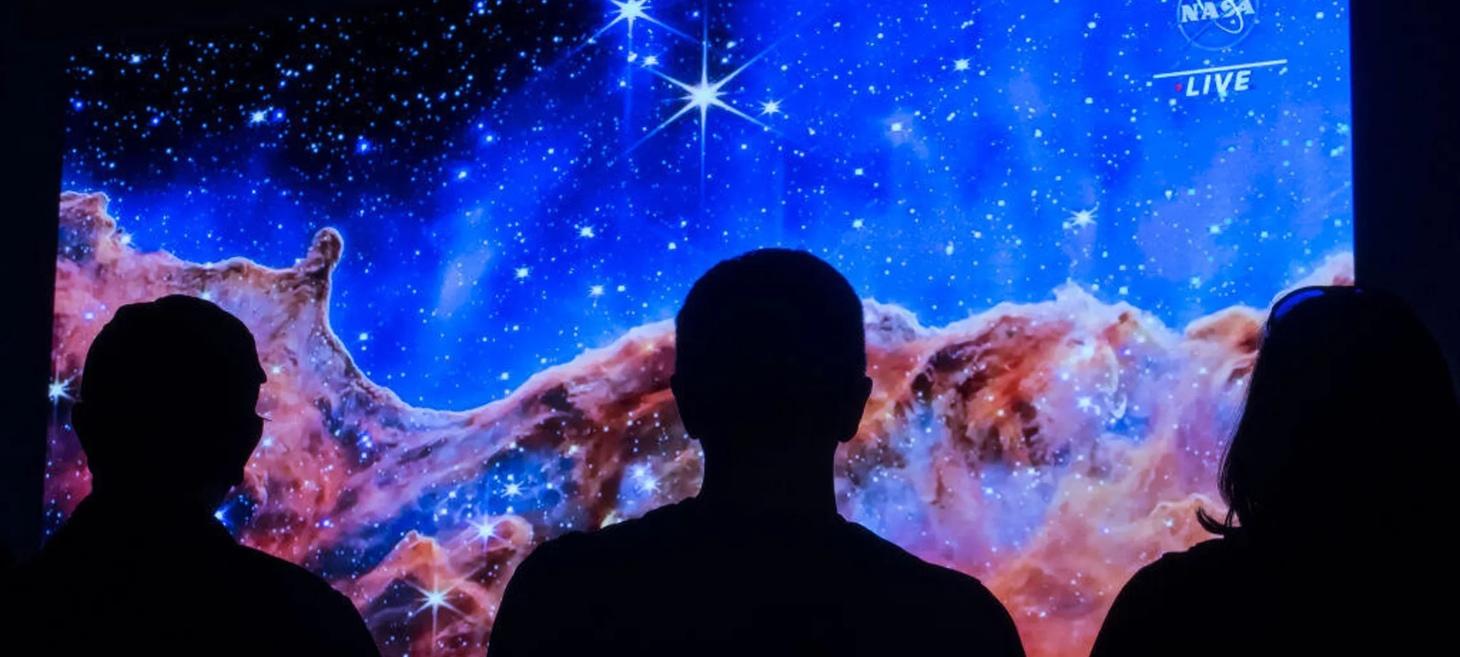Skywatching

August: Saturn & the Perseids
August marks the return of the Perseid meteor shower — and as you’re looking out for shooting stars while listening to this month’s Sky Tour podcast, look for Saturn low in the southeast as soon as night begins to fall.
Astrophotography

The Hidden Eye - Wolf-Rayet Star WR134
This is the weird and wonderful oxygen nebula around WR134 - a huge and extremely bright Wolf-Rayet star.

The Gear Behind Trevor's from AstroBackyard Best Images in 2021
Read about the astrophotography equipment used to take my best deep-sky photos this year, including example photos and processing tips.

Astronomy with a Cellphone - How Low (Faint) Can You Go?
Most of the astronomy pictures you see are of nebulous or extended objects like galaxies where due to their great distance, the individual light of those billions of stars merges into one larger fuzzy object. With a few exceptions using your cellphone or cellphone plus the 60mm lens used here won’t capture these extended objects, though there are some exceptions.
Space Exploration

James Webb Space Telescope Sees Earendel, Most Distant Star
The star's discovery by the Hubble Space Telescope was only announced earlier this year.

Hubble's Future in the Webb Era
Even though it’s far past its warranty, the Hubble Space Telescope is still proving its worth in this new era.

The James Webb Space Telescope's Next Targets Are Potentially Mind-Blowing
What's Next For Webb? Scientists Have Already Queued to Use NASA's New Telescope.
Science Fiction
![The Science of "Interstellar" Explained [Infographic]](https://dxj7eshgz03ln.cloudfront.net/production/link/image/776460/twenty_by_nine_extra_large_97689ddf-8781-48a1-8053-0de7b723fff3.jpg)
The Science of "Interstellar" Explained [Infographic]
The film "Interstellar" relies on real science for many of its stunning visuals. Physicist Kip Thorne, an expert on black holes and wormholes, provided the math that the special effects artists turned into movie magic.
Astronomical Pictures

Starburst Galaxy M94 from Hubble
Beautiful island universe Messier 94 lies a mere 15 million light-years distant in the northern constellation of the Hunting Dogs (Canes Venatici). A popular target for Earth-based astronomers, the face-on spiral galaxy is about 30,000 light-years across, with spiral arms sweeping through the outskirts of its broad disk.

